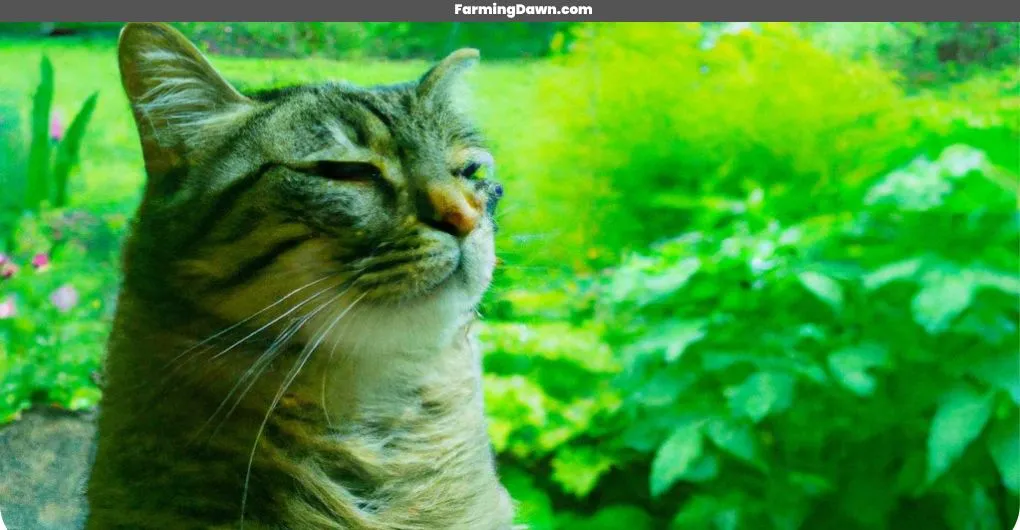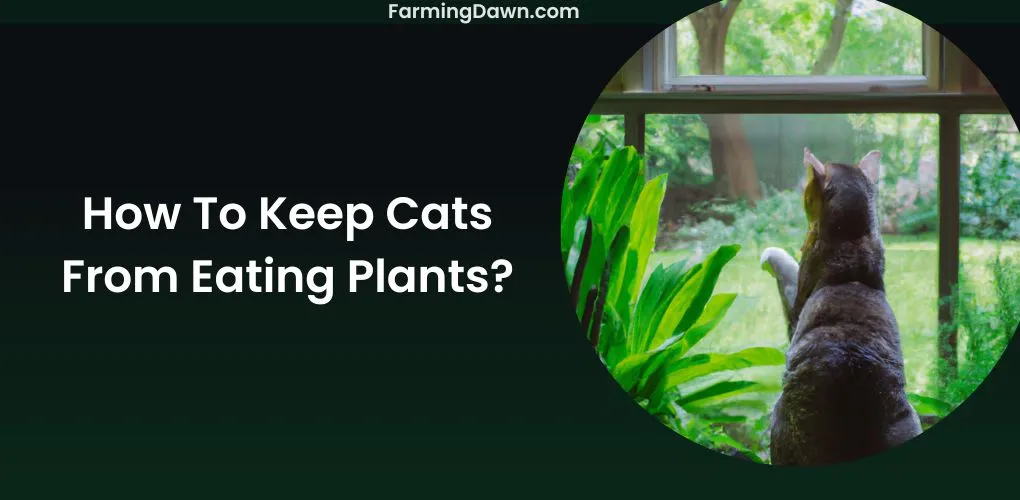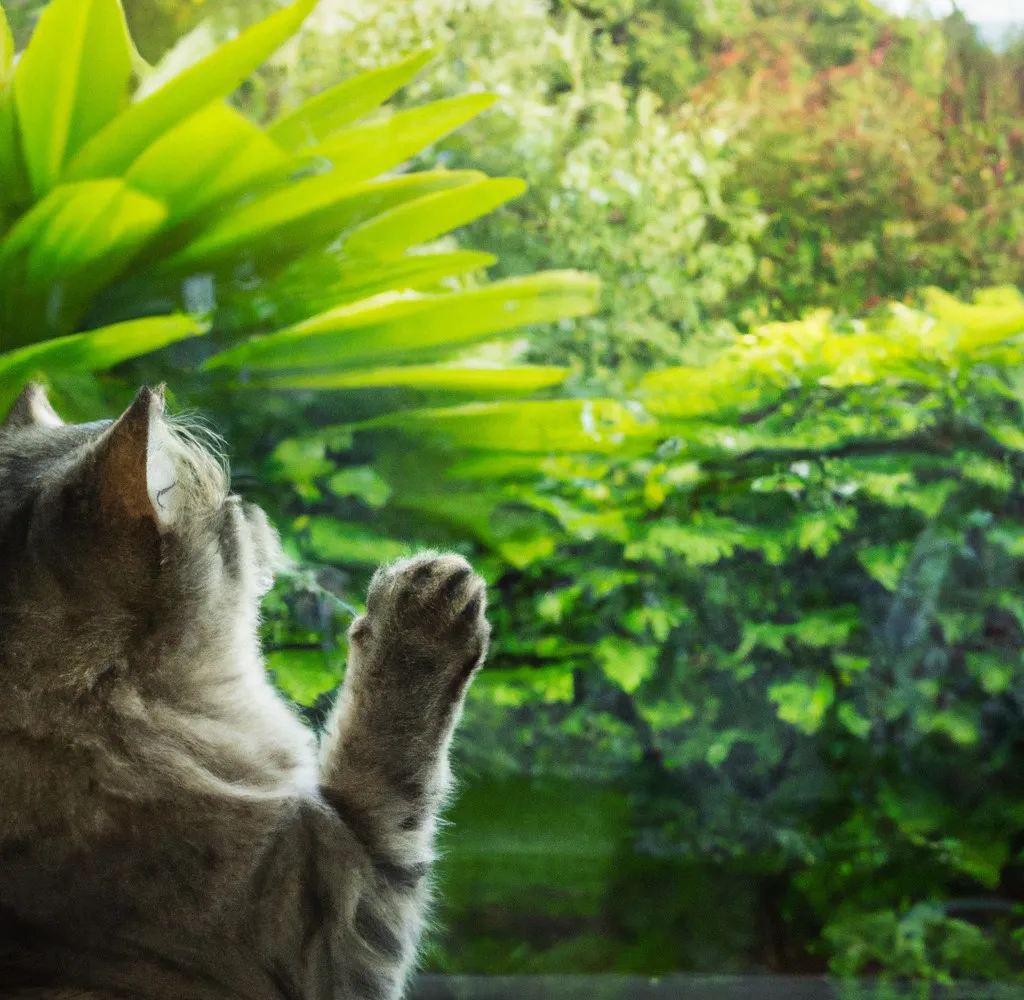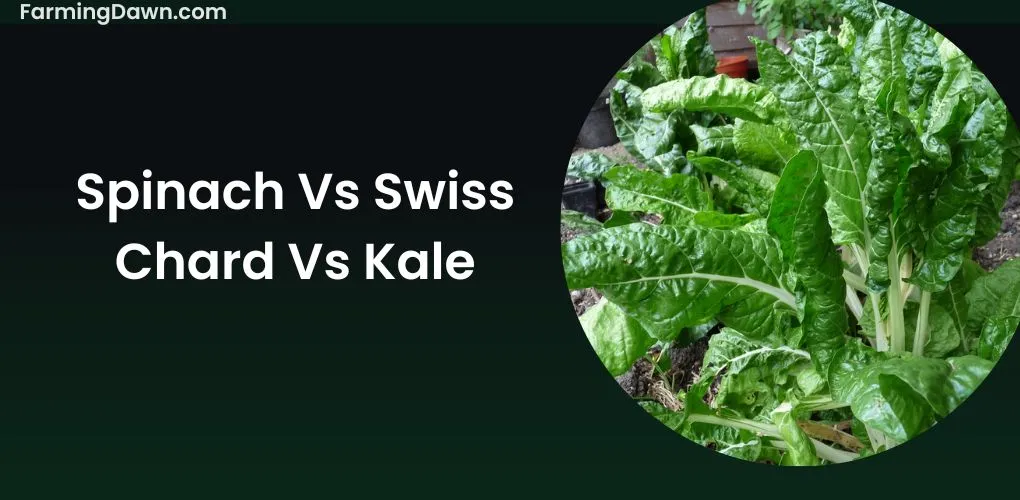As a gardener, there’s nothing more frustrating than seeing your beloved cat wreaking havoc on the plants around the house. From digging in potted plants to eating leaves off of your prized shrub, it can be difficult to figure out how to keep cats from eating plants without resorting to harsh chemicals or other methods that don’t align with an eco-friendly, holistic lifestyle.
By understanding why cats eat and dig in plants and implementing some simple strategies for prevention, you can protect both your cat and your greenery without compromising sustainability.
In this article, we’ll explore why cats eat plants and give you tips on how to keep them away from your flora while also preserving a sustainable life for both you and your furry friend.
Why Do Cats Eat Plants?
You may be wondering why your furry friend is chomping on those greens, but the answer lies in an age-old expression: curiosity killed the cat! Cats are naturally curious animals, and when they come across something like a plant, they can’t help but use their claws and teeth to investigate.
They may be attracted to the parts of the plant that contain essential nutrients or flavors that cats eat. Unfortunately, some plants such as sago palms can be poisonous to cats if not handled with care. If you suspect that your pet has eaten a poisonous plant, immediately contact your local pet poison helpline right away for advice on how to proceed.
Fortunately, there are plenty of natural ways to protect your plants from becoming dinner for Fluffy. By providing them with stimulating toys and activities such as scratching posts or interactive puzzles, you can keep them occupied and away from destructive behavior such as chewing on plants.
Also learn: What animals eat cacti?

Now that you know why cats dig on plants, let’s figure out how to keep them away from your plants.
How To Keep Cats From Eating Plants?
As an eco-friendly and holistic approach to keeping cats from eating plants, there are several methods that can be utilized. One way is creating a homemade spray that cats don’t like, such as one with vinegar or lemon juice.
You can also purchase a cat plant protector; this product makes it difficult for cats to reach the plants and keep them away. Additionally, setting your plants off limits and training your cat to leave them alone will help prevent any accidents.
Using smells that cats hate or planting certain types of vegetation that naturally repel cats can be beneficial in discouraging them from munching on your beloved greenery.
Homemade Spray To Keep Cats From Eating Plants
Spraying your plants with a homemade solution is an easy, cost-effective way to protect them from furry nibblers. When it comes to making your own cat repellent, there are several simple recipes you can try using common ingredients and essential oils that cats don’t like the smell of.
The key is training your cat not to eat the plants in the first place; by having a repellent spray on hand, you can reinforce this behavior when they do get curious.
An effective recipe for a homemade cat repellent includes water and lemon juice or vinegar combined with essential oils like peppermint or citronella, all of which are safe around cats but will promote healthy environmental stewardship by keeping cats away from eating plants.
By Using Cat Plant Protector
Protecting your plants from cats’ curiosity is easy with a cat plant protector — an effective deterrent that’s sure to make the furry friends purr in displeasure. A cat plant protector is designed with the environment and your beloved pet in mind.
It keeps cats away from your plants while still allowing them access to other areas of your garden or yard. This eco-friendly, holistic, sustainable solution is perfect for those looking for a way to identify the plant and keep cats away without using toxic repellant sprays.
Train Your Cat To Leave Plants Alone
I know from personal experience that it is possible to train cats to stay away from plants. Studies have shown that up to 85% of cats can be trained in this way, making them far less likely to interact with them.
When training your cat, use small amounts of plant material such as a dumb cane or spiderwort, and place it around the plants you want them to avoid. If your cat goes near the plant, then make a loud noise, or clap your hands, then replace the plant material. After several weeks of doing this, they should get used to avoiding these plants.
Training cats will help ensure that they learn quickly not to interact with plants while still keeping healthy and living an eco-friendly lifestyle.
Use Smells That Cats Hate
Discover how to use smells that cats abhor to help protect your plants from being eaten! There are some scents that cats find repulsive and can be used to keep them away from your beloved houseplants.
Citrus, lavender, rosemary, and peppermint are all aromas that cats dislike. Sprinkle the leaves of your plants with these oils or simply place cotton balls soaked in the oils around the base of the plant. This eco-friendly solution is a perfect approach to keeping cats away without any harsh chemicals or unpleasant odors.
Another way to ward off curious felines is by planting strong-smelling flowers like marigolds, which have pungent aromas cats find unappealing. Not only will this act as an effective deterrent for cats but it will also attract pollinators such as bees and butterflies into your garden for a more sustainable ecosystem.
Provide Your Cats With Toys
In addition to these physical barriers to your garden, it is important to consider the needs of cats for belonging within their environment.
By providing other forms of stimulation such as scratching posts or catnip toys near the perimeter of the garden, you may be able to provide an alternative outlet for your feline companion’s curiosity while also keeping them away from your precious plants.
This sustainable approach ensures that both your cat’s needs are met as well as preserving the beauty of your garden oasis!
Why Do Cats Dig In Potted Plants?
As eco-friendly and sustainable gardeners, we all like to explore the reasons why cats dig in potted plants. This behavior can be quite destructive if not addressed.
Cats may dig in potted plants for various reasons, including instinctual behavior, exploration, seeking coolness, and boredom or stimulation. It satisfies their innate drive to scratch and dig, enables them to explore their environment, offers a cooler place to relax, and might help them pass the time.
Cats’ digging behavior may be diverted away from potted plants by providing them with suitable scratching posts, entertaining toys, and stimulating environments.
By understanding why cats do this and what we can do to stop them, we can ensure that our houseplants are safe and our furry friends are happy!
How To Keep Cats From Digging Into Plants?
While cats’ natural instinct is to dig, there are a few ways to keep cats from destroying your beloved plants. Thankfully, you can use certain deterrents that will help protect your plants while respecting your pet’s needs.
- Cover your potted plant with a mesh cloth or plastic wrap that has holes large enough for water and sunlight but too small for claws.
- Try scattering citrus peels or coffee grounds near the potting soil which will act as natural repellents due to their smell and texture.
- Provide your cat with alternative scratching posts or toys that can distract them from wanting to dig in the soil altogether!
My Cat Ate A Leaf. What Should I Do Now?
To ensure the safety of your beloved pet, you might want to know what plants and flowers are toxic to cats so that you can make sure these items are removed from your home. With an eco-friendly, holistic, sustainable approach in mind, lets to find out more information on this topic.
My Cat Ate A Plant And Is Throwing Up
You’ve noticed that your cat has eaten a plant and is now throwing up – it’s time to take action. The first step is to try to identify the type of plant your cat ate, as some types are more poisonous than others.
If you’re not sure what kind of plant it was, contact your vet for advice on how to proceed. After identifying the type of plant, consider removing any others like it from where your cat can access them in order to prevent a recurrence.
In addition, look into natural remedies that may help reduce nausea and discomfort while also being safe for cats. Herbal remedies such as ginger or chamomile may help soothe an upset stomach; however, always speak with your vet before giving your cat anything other than their regular food and water.
And finally, make sure you provide plenty of fresh water for hydration and clean bowls daily to avoid the ingestion of harmful bacteria found in dirty dishes. Taking these steps will help keep both you and your beloved feline friend healthy!
What Plants And Flowers Are Toxic To Cats
It’s important to be aware of what plants and flowers are toxic to cats, so you can make sure your furry friend stays safe! Many of the most common houseplants, such as lilies, poinsettias, dieffenbachia, and philodendron are all potentially poisonous if ingested by cats. Additionally, certain outdoor plants like azaleas or rhododendrons can also be dangerous for cats if eaten. It is best to research which specific plants may be harmful before bringing them into your home or garden.
Here is a list of some houseplants that are toxic to cats:
- Sago Palm
- Tulip
- Oleander
- Daffodil
- Cyclamen
- Aloe Vera
- English Ivy
- Pothos
- Yew
- Chrysanthemum
- Autumn Crocus
- Amaryllis
- Peace Lily
- Bird of Paradise
- Snake Plant
- Christmas Cactus
Will Cats Eat Poisonous Plants?
Have you ever wondered if cats will try to eat poisonous plants, despite their own safety? It is possible for cats to be attracted to certain toxic plants and flowers, as they may contain essential oils that are appealing to them.
While some of the plants may contain toxins that can cause mild stomach upset in cats, others have the potential to cause more serious health issues such as kidney failure or liver damage.
Above I have given a complete list of toxic plants for cats, but still, it is a good idea for people who own cats to do more research on this topic so they can take steps to protect their pets from harm.
If a pet owner has any doubt about whether a plant could be dangerous, it is best not to let their cat near it just in case. Also, some careful approaches such as providing attractive alternatives like cat grass or using natural repellents like citrus peels can also help keep cats away from potentially hazardous plants.
How To Keep Cats From Eating Plants? Conclusion
It’s clear that cats have a tendency to eat plants, and it can be difficult to keep them away. However, there are ways to prevent our feline friends from taking a bite out of your potted plants. Employing natural deterrents like citrus peels or coffee grounds will help keep cats away without resorting to harmful chemicals.
Plus, if your cat does take a bite of something it shouldn’t, don’t panic! You can usually treat the situation with some simple home remedies and monitor your pet for any signs of distress.
At the end of the day, understanding why cats eat plants is the key to helping them stay safe and healthy while protecting your gardening investments. With a little patience and creative problem-solving, you’ll be able to find an eco-friendly solution that works for both you and your furry friend!






